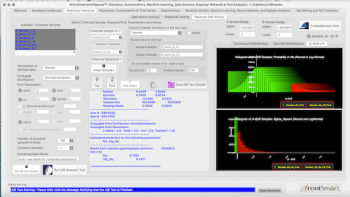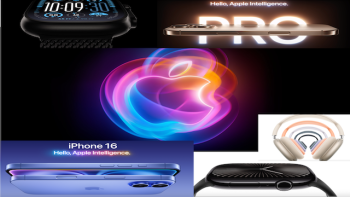Sony has launched three new SXRD projectors at the IFA 2015 consumer electronics trade show in Berlin this month, namely the VPL-VW520ES, VPL-VW320ES and VPL-HW65ES. Featuring native 4K resolution, the VW520 and VW320 are direct successors to the critically-acclaimed VPL-VW500ES and VPL-300ES respectively; whereas the 1080p HW65 will replace the outgoing VPL-HW55ES.
The star attraction in Sony’s new projector lineup is undoubtedly the VW520ES which comes with support for high dynamic range (HDR) content. Key specs include 1800 lumens light output, 300,000:1 dynamic contrast ratio, HDMI 2.0a and HDCP 2.2 compliance, although we were slightly disappointed to be told that it’s still using a 10Gbps HDMI chip that’s limited to 8-bit 4K@60p/50p 4:2:0 chroma, instead of a full-fat one with 18Gbps throughput. The Japanese manufacturer refused to be drawn on DCI-P3/ Rec.2020 coverage, but explained that VW520?s onboard processing can make a good fist of gamut remapping.
Sony’s projector demonstration room at IFA was extremely well-designed, with velvety dark material covering the entire ceiling, walls and floor to minimise contrast washout from reflective surfaces. As a result, black level looked wonderfully inky – never once did we wish that “Gee, the blacks could be darker” throughout our brief demo, nor did we notice any major light pumping artefacts or any sign of the DI (dynamic iris) in action on the Sony VPLVW520ES.
But the first thing that immediately grabbed our attention was the sheer amount of “pop” and detail on show from a native UHD (Ultra HD) source. We were treated to a short clip from Blacklist, and at a sitting distance of 3m from a 120in+ screen, the many close-ups of faces simply blew us away. All the facial pores, wrinkles and even makeup were palpably visible – there’s absolutely nothing obscuring the pristineness that shone through unscathed from the content to the screen and then to our eyes.
The Sony VW520?s light output was impressively bright even on such a relatively large screen (by the standards of British and European homes). When combined with the deep blacks, the resulting dynamism and contrast in mid-bright and bright scenes was just a sight to behold, infusing every frame with a breathtaking sense of vibrancy that elevated our big-screen viewing experience to a giddy level.
Moving onto HDR, and the effect was subtle rather than obvious. We did a back-and-forth comparison between SDR and HDR snippets of The Amazing Spider-Man 2, and saw increased detail and gradation particularly in brighter highlights. However, if you’re expecting a “dazzling lightning” impact as delivered by Samsung’s SUHD TVs (especially the top-end JS9500 series with full-array local dimming), you may be left disappointed.



























